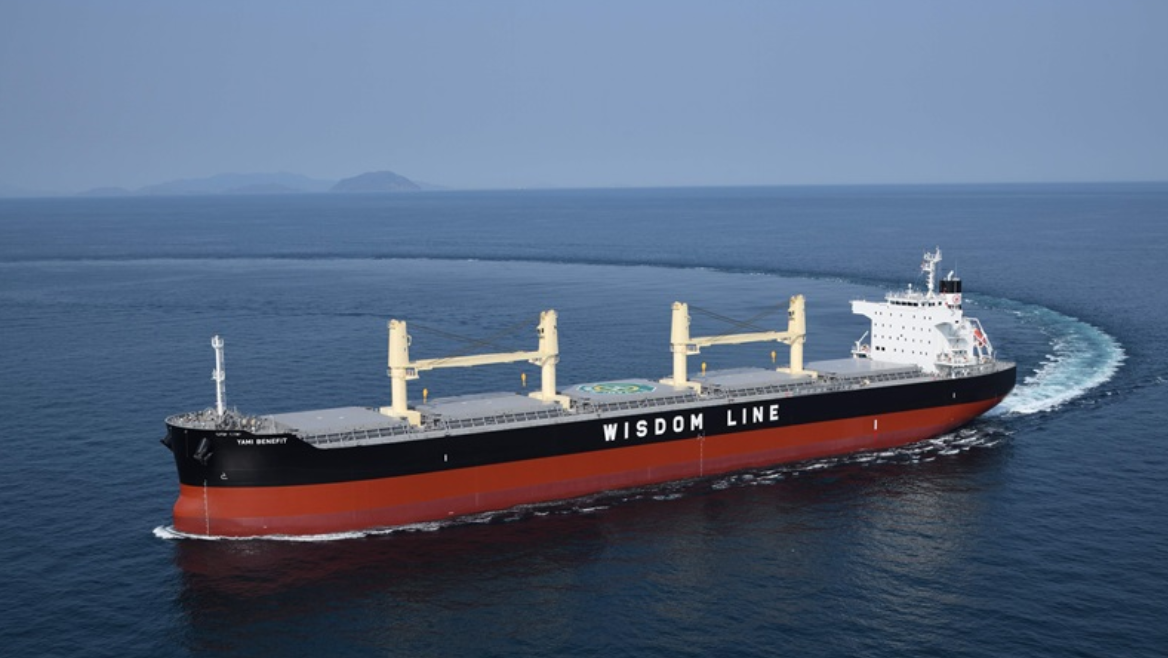In 2025, the share of Chinese-built and Chinese-owned bulk carriers in transatlantic trade has dropped significantly, as these ships make fewer calls at US ports due to regulatory and geopolitical factors.

Ship broker BRS Shipbrokers pointed out in its latest weekly report that the US Trade Representative’s (USTR) port fee policy has not yet come into effect. Even if it is implemented according to the current framework, it will not directly affect Chinese-affiliated ships sailing empty to the United States.
Under the revised US port dues policy, bulk carriers with a capacity of no more than 80,000 deadweight tons are exempt. For other vessels, the maximum eligible deadweight tonnage is capped at 55,000. Although the policy has yet to be formally implemented, the market has already responded.
There are signs that charterers have increasingly avoided using vessels built by Chinese shipyards or actually owned by Chinese capital, a move that has led to a significant drop in the number of Chinese-linked vessels used in transatlantic trades.
BRS Shipbrokers cited AXSMarine data showing that in the second quarter of 2025, the share of Chinese-built vessels in transatlantic Panamax dry bulk trade (calculated by deadweight tonnage) fell to 39%, below the average of 47% from 2021 to 2024. Similarly, the market share of vessels actually owned by Chinese entities dropped to approximately 14% in the second quarter, compared to an average of 22% over the past four years.
At US ports, the decline is even more pronounced: the proportion of Chinese-built vessels arriving at ports has dropped from 46% to 29%, while the proportion of Chinese-owned vessels has dropped from 22% to just 7%. Analysts point out that as the outlook for the Atlantic market becomes less clear, more and more Chinese-related vessels are being diverted to the Pacific and China-Brazil/West Africa routes.
Panamax vessel market benefits
Expectations surrounding the impact of US trade policies will, to a certain extent, drive up Panamax shipping rates.
BRS Shipbrokers said that the sudden tightening of vessel supply in the Atlantic market has forced charterers to accept significantly higher freight rates offered by shipowners.
As of July 18, the transatlantic P1A route closed at $20,900 per day, up 143% from its June low. Meanwhile, Pacific routes also saw increases: P3A and P6 rates rose 69% and 49% to $14,636 and $16,182 per day, respectively. The premium of P1A over P5TC (the average Panamax spot rate) reached 22%—the highest level in the past year.
Geopolitics disrupts trade flows
Geopolitical tensions between China and the US have further impacted dry bulk trade. Although the Geneva Joint Statement has eliminated most bilateral tariffs, China has maintained its 15% tariff on US coal and grain in response to US sanctions on China’s fentanyl-related industries. These measures have significantly altered trade patterns.
AXSMarine data shows that in the first half of 2025, US exports to China fell from 14.6 million metric tons (mt) to 8 million mt. Most of the volume was absorbed by alternative markets: exports to Europe increased by 2.6 million tons to 8.1 million tons; exports to major Asian countries (Japan, South Korea, and India) surged by 6.3 million tons to 18.6 million tons; and other global markets saw an additional increase of 4 million tons, reaching 15.8 million tons.
BRS Shipbrokers concluded: “Geopolitical developments will play a key role in shaping the future of global shipping, and this includes not only US-China relations, but also potential tariff tensions in other regions such as Europe.”


